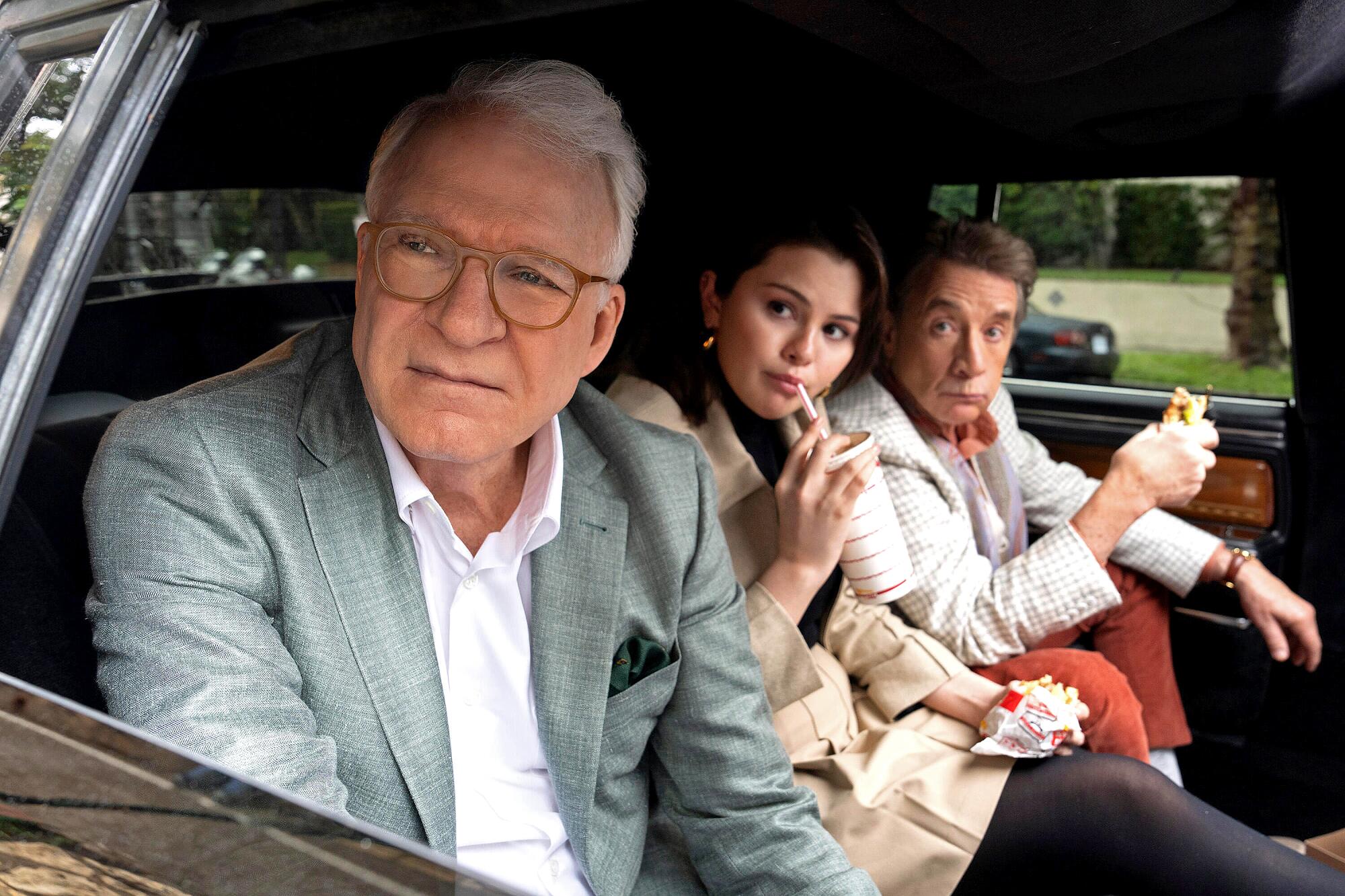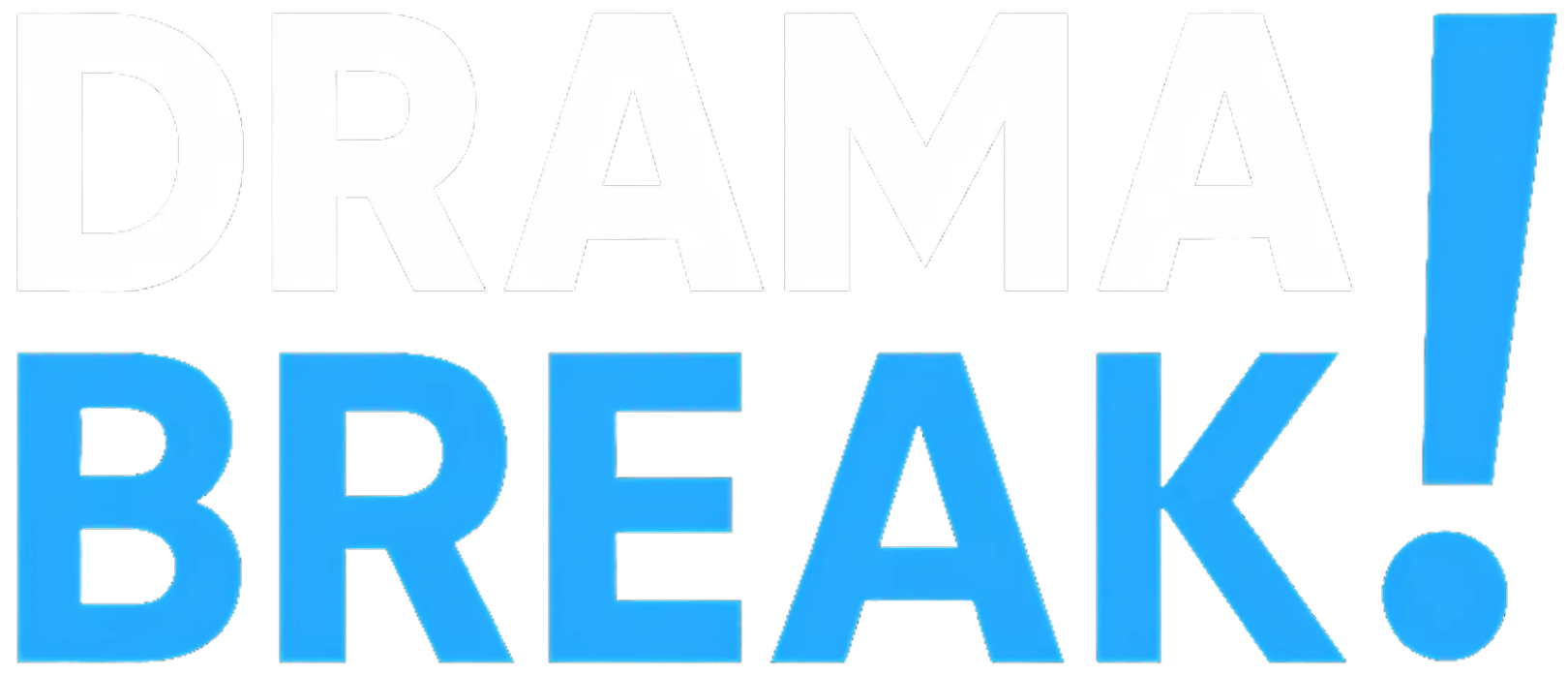Suggestions is the seasoning that flavors the success of our favourite TV exhibits. Whether or not it’s from an government, a trusted colleague or the actors, recommendation can form tone, pacing, plotlines and character arcs — all of which might make or break a collection. We requested a few of this yr’s Emmy contenders how inventive collaborations offered the notes to their success.
“The Diplomat”
Allison Janney in “The Diplomat.”
(Netflix)
To create the unrelenting stress within the Netflix political drama, which was impressed by conversations with actual diplomats, creator Debora Cahn turned to recommendation from “Homeland” showrunner Alex Gansa: “He stated take no matter story that you simply’re planning within the final episode of the primary season and do it within the first episode. And I used to be like, ‘Ooh, s—.’” The consequence hurls lead Kate Wyler (Keri Russell) into high-stakes chaos, none wilder than her conflict with the vice chairman (Allison Janney) and a jaw-dropping Season 2 twist. “I used to be embarrassed to pitch it to the writers’ room. It was an unspeakably dumb concept and a nasty cliche, however I needed to get it off my chest. We appeared for different issues, however we saved coming again to it and realized that it did the factor that you simply actually desire a plot to do, which is it modifications all the things.”
“Monsters: The Lyle and Erik Menendez Story”

Nicholas Alexander Chavez, left, Cooper Koch and Javier Bardem in “Monsters: The Lyle And Erik Menendez Story.”
(Miles Crist / Netflix)
“In researching [the Menendez brothers case], [co-creator] Ryan [Murphy] talked about, ‘I believe this story is [Akira Kurosawa’s] “Rashomon.”’ That was the one notice I used to be like, ‘Oh, I completely get this now,’” says co-creator Ian Brennan of the Netflix restricted collection. “We’re by no means going to know what the true story is, however that turned a extremely good guiding mild as a result of we made positive that after we’re telling a facet of this story that’s disputed, we’d return and inform it the opposite method,” he says. “What we’re doing relies on as a lot reality as we are able to discover, however I really feel such as you’re obliged to take some liberty. It’s not solely to inform a narrative that’s entertaining however to get to these deeper truths which might be generally occluded by the mundanity of some details. It’s a portray, not {a photograph}.”
“Solely Murders within the Constructing”

Steve Martin, left, Selena Gomez and Martin Quick in “Solely Murders within the Constructing.”
(Eric McCandless / Disney)
Creator John Hoffman says the thought for Hulu’s mystery-comedy got here to him in the course of the pandemic, when everybody was afraid to step exterior their door. “This present is about lonely New Yorkers who discovered a connection between true crime and a demise of their constructing,” he says. However his chief concern was injecting soul into the punch strains. “After I was speaking about my concepts for learn how to make it extra connective and humorous, I needed the comedy to come back from humanity versus jokes and habits. I used to be deeply stunned by everybody’s response, from the studio, the community and [executive producer] Dan Fogelman, that they needed to lean into that extra profound connective tissue that was extra surprising and dramatic at occasions,” he says. “There are lots of private issues in that first season that I assumed, ‘Nicely, that’s going to get me fired.’ However they accepted it.”
“Gradual Horses”

Gary Oldman in “Gradual Horses.”
(Apple TV+)
“[Executive producer] Graham Yost was at all times very clear that we must always give attention to adapting Mick Herron’s work and never simply use it as a launchpad for some type of offshoot,” says creator Will Smith of the intelligent Apple TV+ present, which follows a gaggle of disgraced MI5 brokers. “At any time when we obtained caught within the room, Graham’s watchword can be, ‘Nicely, let’s have a look at what Mick wrote,’ and we might return to the guide and determine it out from there. So the tone of the books infused the scripts.” The result is a nail-biter of a story with humor smuggled in like contraband. ”Our fabulous exec Jamie Laurenson and our sensible [Season 1] director James Hawes each understood that nothing ought to ever really feel like a joke, nothing ought to really feel gratuitous or crowbarred for fun. It ought to all be thrown away, underplayed, stated on the run.”
“What We Do within the Shadows”

The solid of “What We Do within the Shadows.”
“There’s part of me that feels prefer it’s dishonest, however it actually helps,” says showrunner Paul Simms of the mockumentary capturing type behind the hilarious FX collection, which portrays the awkward lives and weird pitfalls of centuries-old vampires. “Should you’re writing a story present that’s not documentary format, folks’s motivations have to come back out of their dialogue. With this, you may have characters very immediately and, in a really humorous method, state their motivations.” Unlocking its full chunk of wit had been two keys. “One beauty of this format is that you simply’re not hamstrung by little continuity particulars within the edit. You are able to do leap cuts and jam in as a lot humorous stuff with out having to fret,” Simms says. The opposite, a community notice: “From the start, FX and John Landgraf had been saying the vampire stuff is enjoyable, however it might’t be all vampire jokes. So our method each season was to go in new instructions and create fixed stress.”

